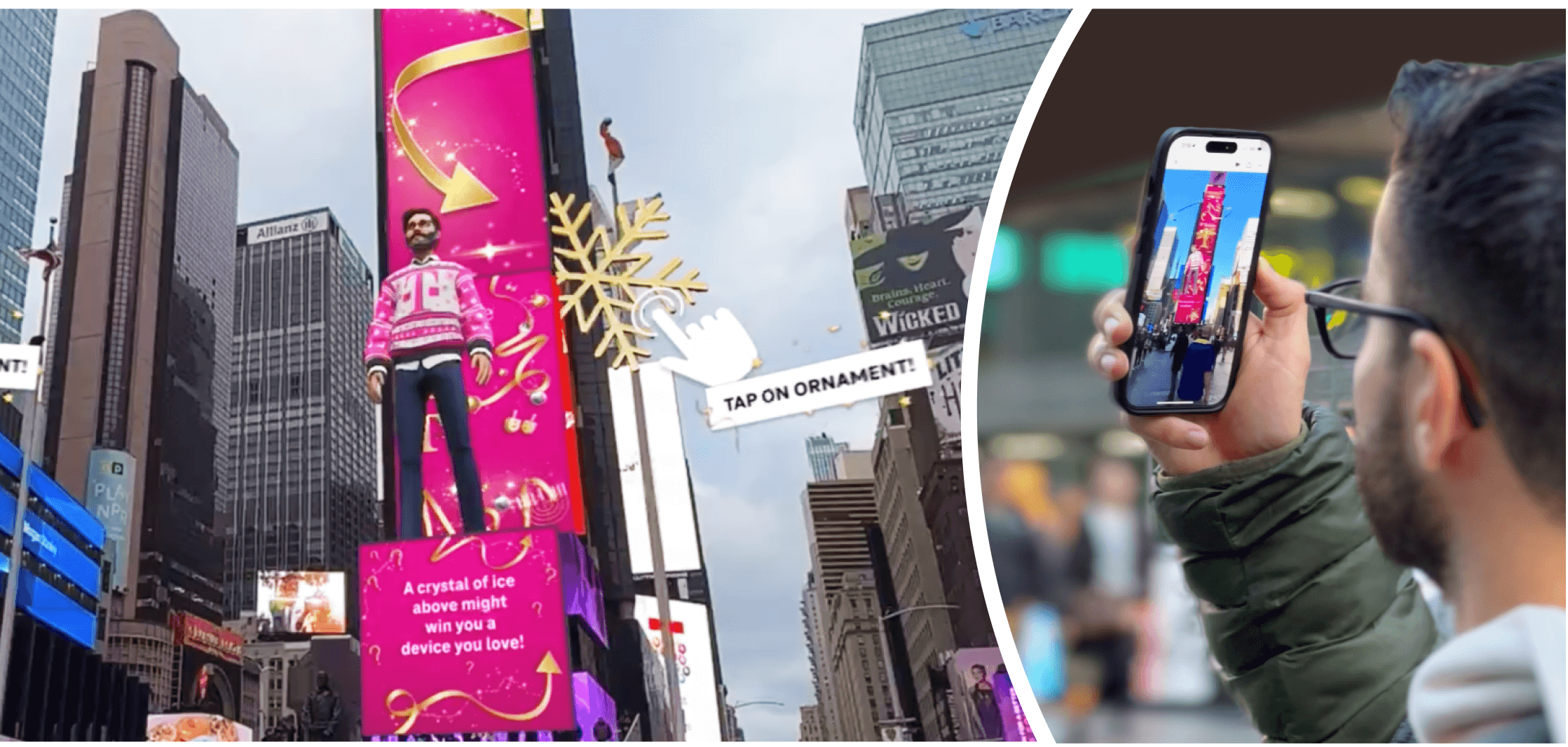Synthetic personas: if, when, and which
Share this article

Welcome to the evolving front line of brand communication—where your spokespeople might not breathe, eat, or go off-script.
For some brands, synthetic personas are becoming essential tools for scaling content, reducing costs, and maintaining control across global touchpoints. In those cases, the question isn’t if they’ll use digital humans—it’s which kind, and how fast.
But let’s be clear: not every brand needs synthetic spokespeople. Some categories—luxury, boutique, mission-driven—may find more value in real human presence, lived experience, and emotional nuance. The human touch isn’t obsolete. For many, it’s the differentiator.
Still, for brands under pressure to scale across languages, time zones, and platforms—without expanding headcount or production costs—synthetic personas offer a compelling edge in speed, consistency, and efficiency.
And not all digital humans are created equal. You’re now looking at three core categories:
Each serves a different purpose. Confuse them, and you’ll waste money. Use them intentionally, and you’ll scale presence, performance, and trust—on your terms.

Source: synthesia.io
These are your Lil Miquelas and Immas. They post. They pose. They create narrative buzz. They don’t engage.
Use cases:
They’re ideal when you want to entertain, provoke, and control the conversation—not have one.
This is the fastest-growing segment: virtual presenters made using tools like Synthesia, HeyGen, or Hour One. These synthetic humans read scripts, look at the camera, and turn text into scalable video. They’re not influencers. They’re content engines.
Use cases:
The upside? Speed, consistency, and localization. You don’t need a video team, a studio, or talent. You need a Google Doc and a login.
They’re perfect when you need to scale video like email—structured, brand-aligned, and consistent.

source: heygen.com
This is where synthetic gets real-time. Interactive avatars combine speech, animation, and AI to respond dynamically to customers.
Use cases:
Use these when your goal is engagement, conversion, or CX automation. If a conversation drives ROI, these are your reps.

Source: https://rockpaperreality.com/our-work/geospatial-sweepstake-campaign-for-t-mobile/
Here’s the cheat sheet:
| Persona Type | Best For | Interaction Type |
|---|---|---|
| Non-interactive influencers | Storytelling, brand buzz, visual culture | One-way |
| AI video avatars (Synthesia, etc.) | Education, explanation, internal comms, global video scale | One-way (scripted) |
| Interactive avatars | Support, onboarding, personalization, retention | Two-way (real-time) |
Whether your brand is exploring synthetic personas—or deliberately choosing not to—one principle holds true: how you show up matters. Technology may evolve, but trust is still earned the human way—through clarity, respect, and consistency.
For brands using synthetic characters, here’s the baseline:
And for brands choosing to stay fully human? That’s a valid strategy, too. Lead with empathy, creativity, and consistency—the things AI still can’t replicate at scale.
Synthetic humans are no longer niche. They’re the new spokespeople, trainers, salespeople, and storytellers. But success depends on strategic clarity:
The brands that win won’t be the ones who adopt synthetic personas first.
They’ll be the ones who use the right persona, for the right job, at the right moment.